"A day in the future” is a series of posts about fictional and "mundane" conversations people will have in the future. The goal for me here is to present futurists day to day interactions from a human point of view
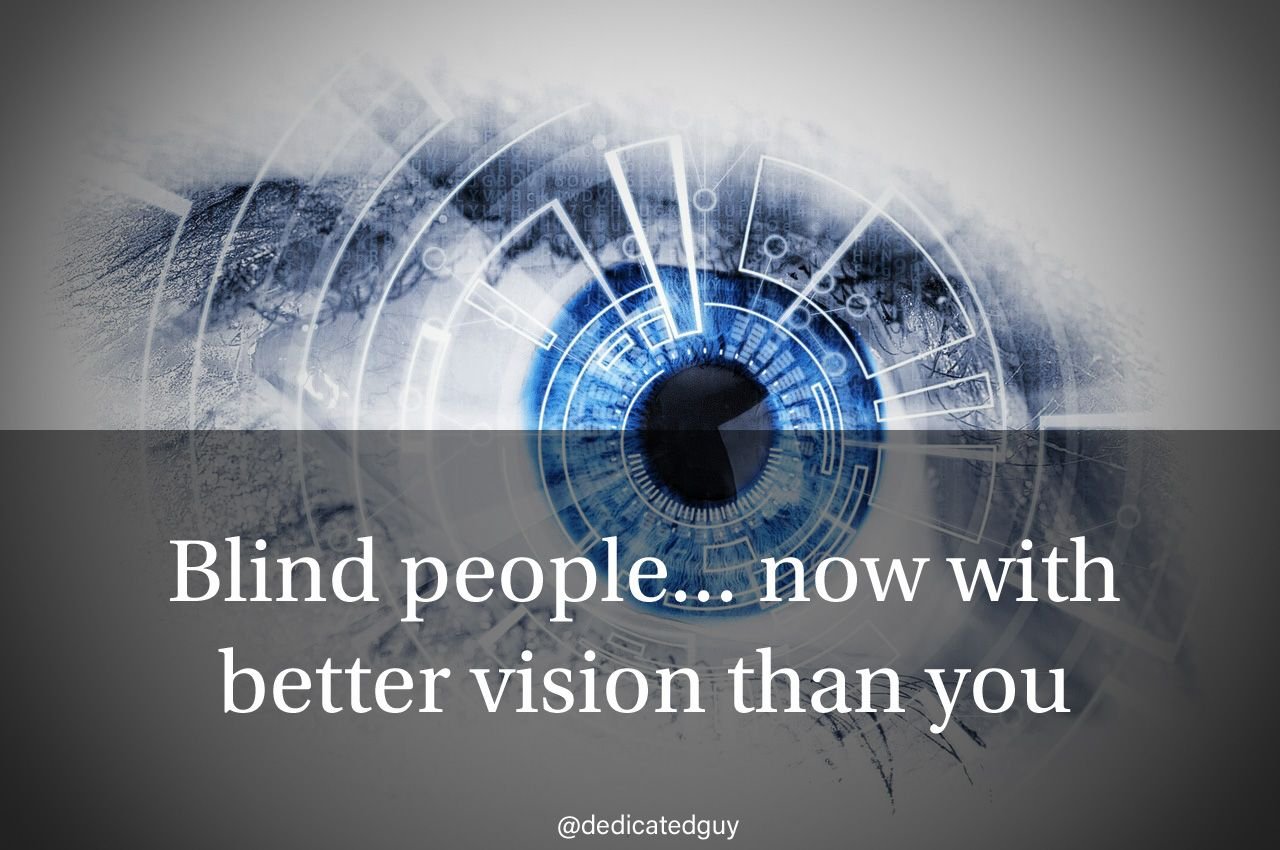

What until recently was science fiction is already beginning to come true, the developing of bionic alternatives to our body’s parts is becoming a fast growing industry, and with good reason.
People that suffered bad accidents or disabled people can only be helped by the research and development of this technology. And in the future, even regular people with no disabilities could also be benefited by gaining new capabilities that are impossible with our biological body parts. I truly think the massive adoption of bionic parts is the first step to an even more profound transformation.
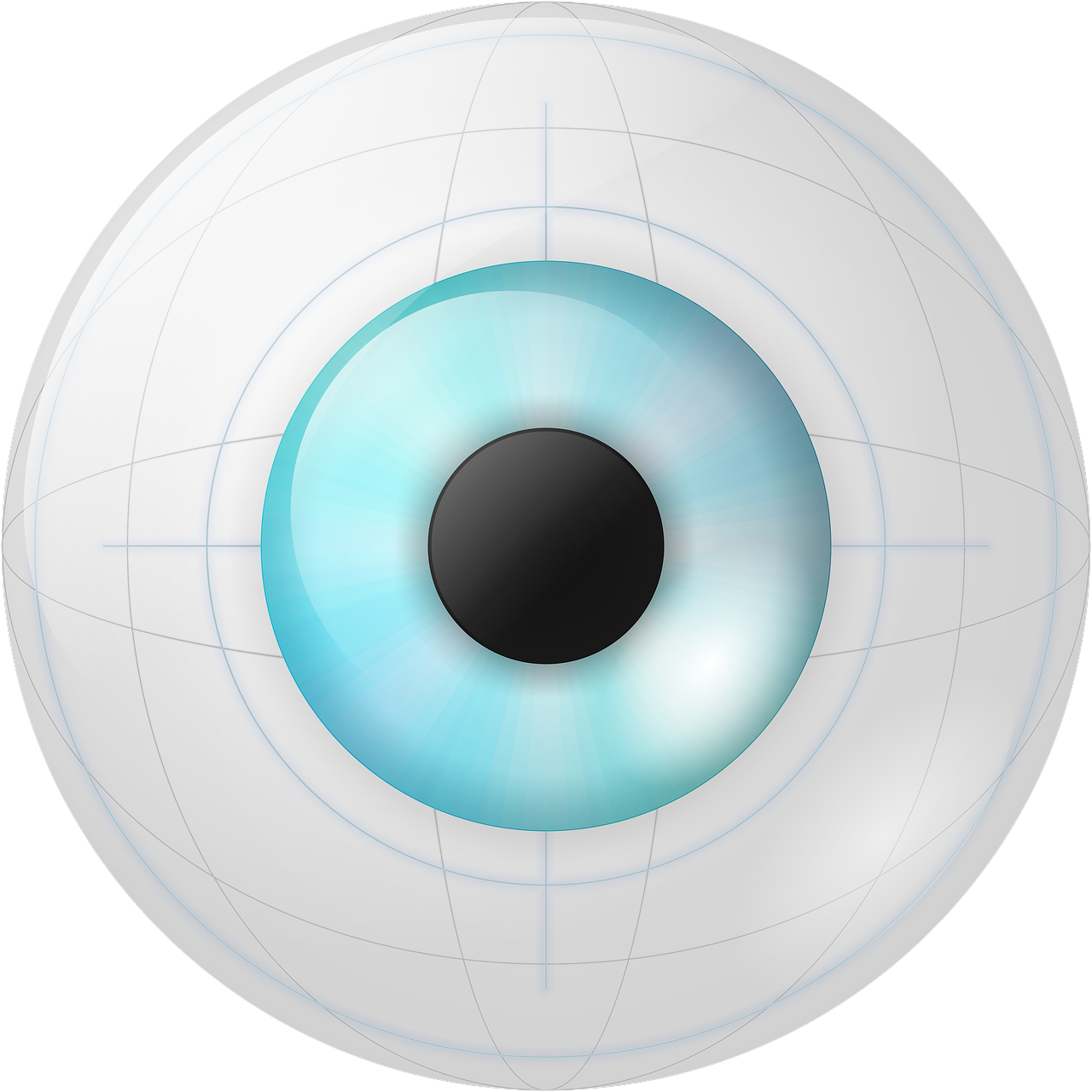
One of the most difficult parts of the human body to emulate is the eye, giving its small form and highly sophisticated way of functioning.
How does our vision works
- Scattered light from the object enters through the cornea.
- The light is projected onto the retina.
- The retina sends messages to the brain through the optic nerve.
- The brain interprets what the object is. | Source
Notice how the size of the pupil changes at 53s in the video below, it really proves how far evolution has taken us. But we are entering the time in which we need to adopt a new way of evolution (based on technology developed by us) if we don’t want our future creations to leave us behind.
In the future we will probably be able to artificially emulate the same functions that the eyes exercise with our brains while surpassing the performance of natural eyes, like adding a "zoom" option or being able to have night vision, among other things that are impossible with our normal biological eyes.
What are bionic eyes?
Bionic eyes. ... "work inside the existing eye structures or in the brain. They are designed to achieve functional vision goals". | Source
Right now, the technology of artificial vision in humans is already starting to reach that point of inflection where said technology ceases to be a barrier, and where what people want to obtain is a massive adoption at a better cost and of course with far better quality. There are several projects developing "rudimentary" versions of artificial vision, like Second Sight , Retina Implant and Pixium Vision. As they get better with their designs, it will allow more features to be incorporated in the final product, until one day having a bionic eye will be preferable than having regular biological eyes.
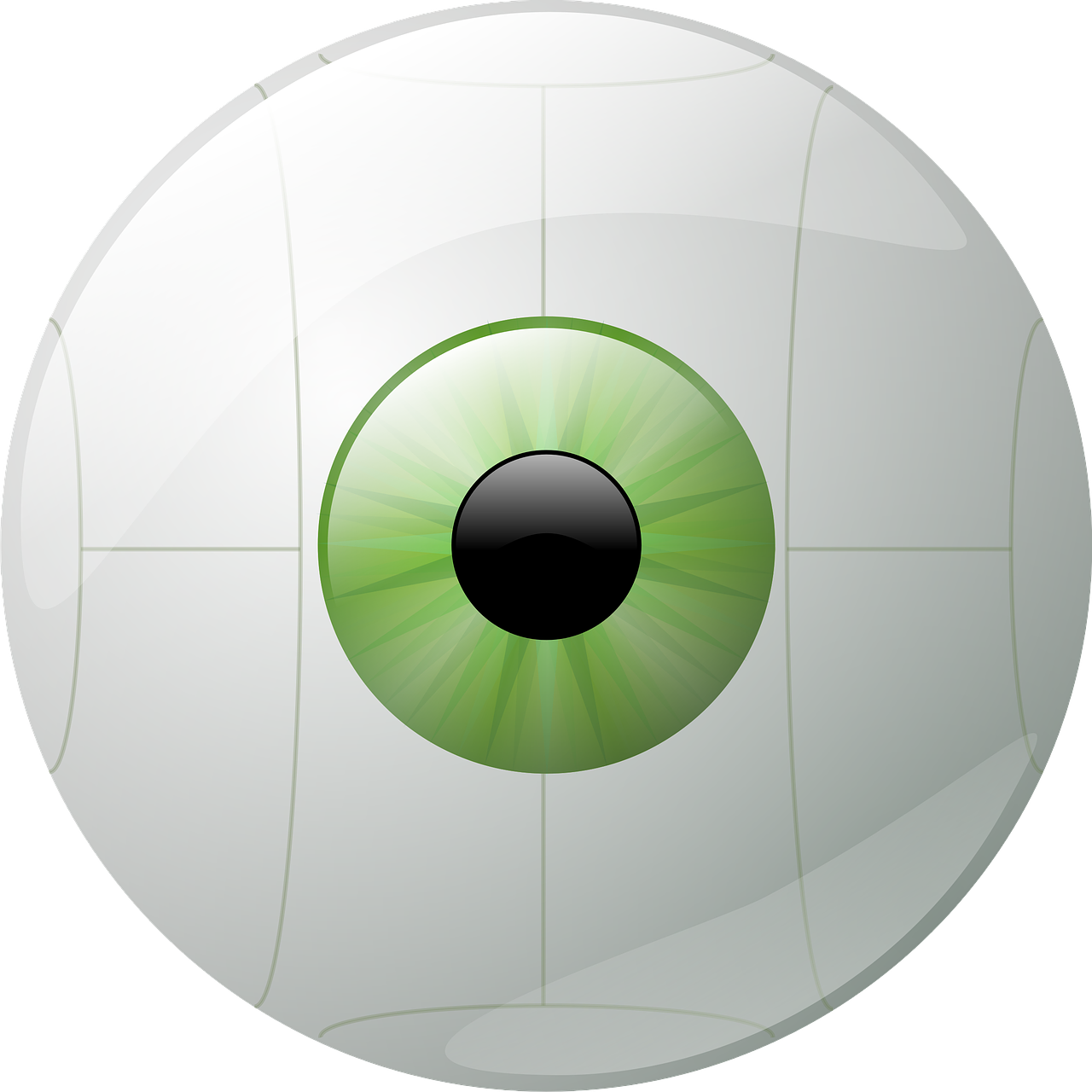
Benefits of this technology
To benefit from this technology, patients need to have a functional visual pathway from the retina to the brain along the optic nerve, as well as some intact retinal cells. As such, the two medical conditions that this technology aims to address are retinitis pigmentosa and age-related macular degeneration. | Source
Of course, this innovation requires a monumental amount of work because the entire bionic eye must be designed to be waterproof, steam-proof, corrosion-proof, and able to last decades without malfunctioning, and apart from all that, there is the already mentioned at the beginning, small size of our eyes.
We are looking at a future where every disability will be cured using science and technology. We are all already seeing it with prosthetic arms, or legs. The most difficult part is emulating senses like hearing, or in this case, sight.
I present you here, a brief dialogue from the future between a patient and his doctor, discussing what they are going to do to replace a damaged eye.

“A day in the future”: blind people, now with better vision than you
-Patient: Doc, then, in my case, what options do I have?
-Doctor: Well, you should feel lucky because you have two options, both of them just as good.
The first is that we can remove your damaged eye, and with genetic engineering make you grow another eye in a few weeks.
-Patient: Another eye! But will it be the same as mine?
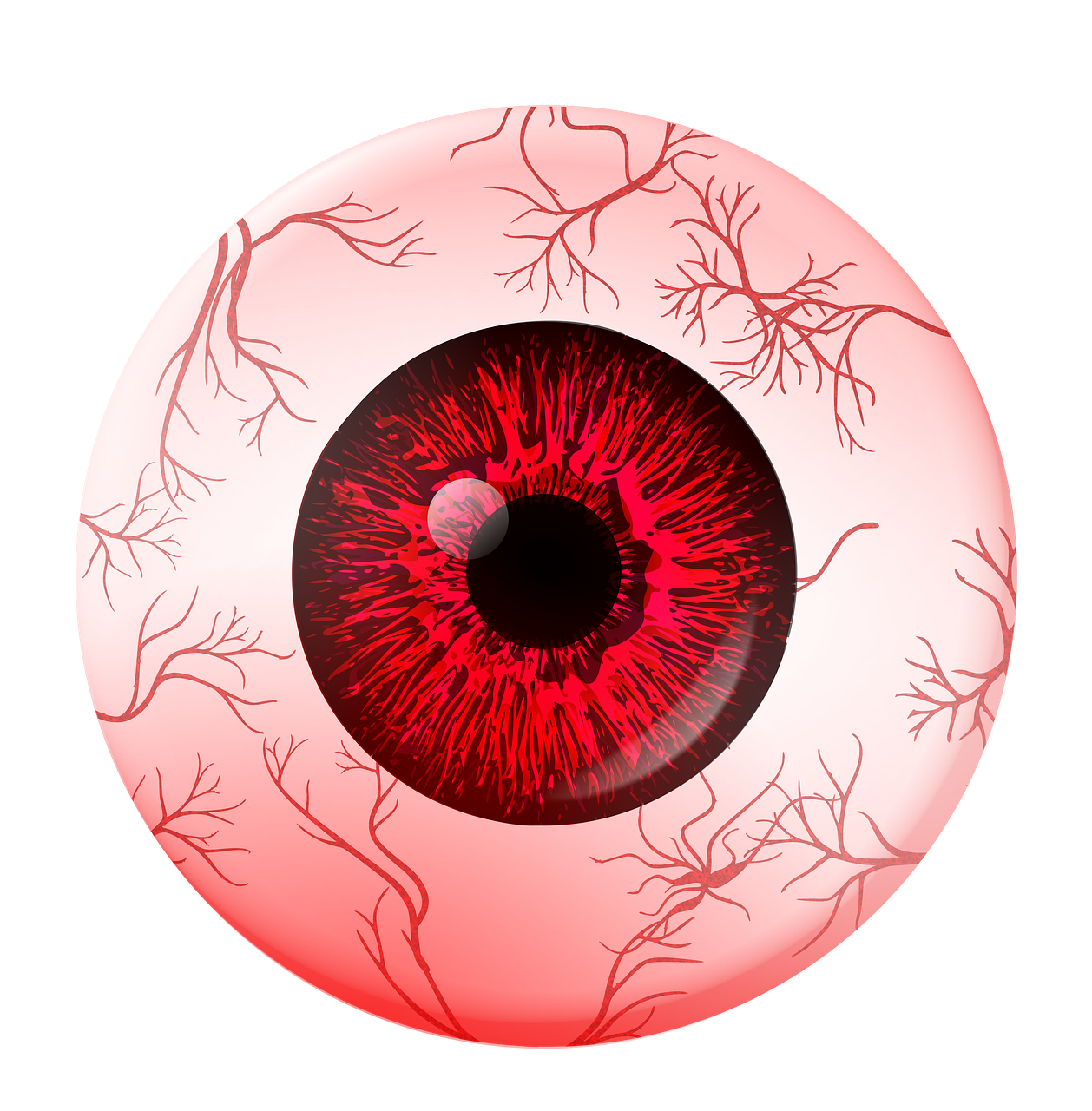
-Doctor: Not exactly the same, but it will be better, since we will remove from your DNA the genetic problems that you have in your genome and we will make certain changes in order for the new eye to have perfect vision. However, there won’t be any difference noticeable between your new eye and the old one, in other words, they will feel exactly the same.
-Patient: Hmm ... and the second option is worse or better than this one?
-Doctor: Well that’s a good question, I'll let you decide that.
The second option consists in removing not only the damaged eye, but also the other one so you can...
-Patient: What! Are you joking? How can you even think about removing my good eye as well?!
-Doctor: No, I am not kidding, but let me explain you. We remove one or both eyes, but instead we make you an implant with one or two bionic eyes.
-Patient: As in this ad I have been seeing? Take look
-Doctor: Yeah, exactly, like tha ad.
-Patient: But I thought that technology wasn’t ready as of yet?
-Doctor: It wasn’t ready until a couple of years ago, but we have just received the necessary approval to proceed with the technique, since the tests gave excellent results in all -Patients.
-Patient: But are there any risks? Why should I choose this procedure over the other one that uses genetic engineering?
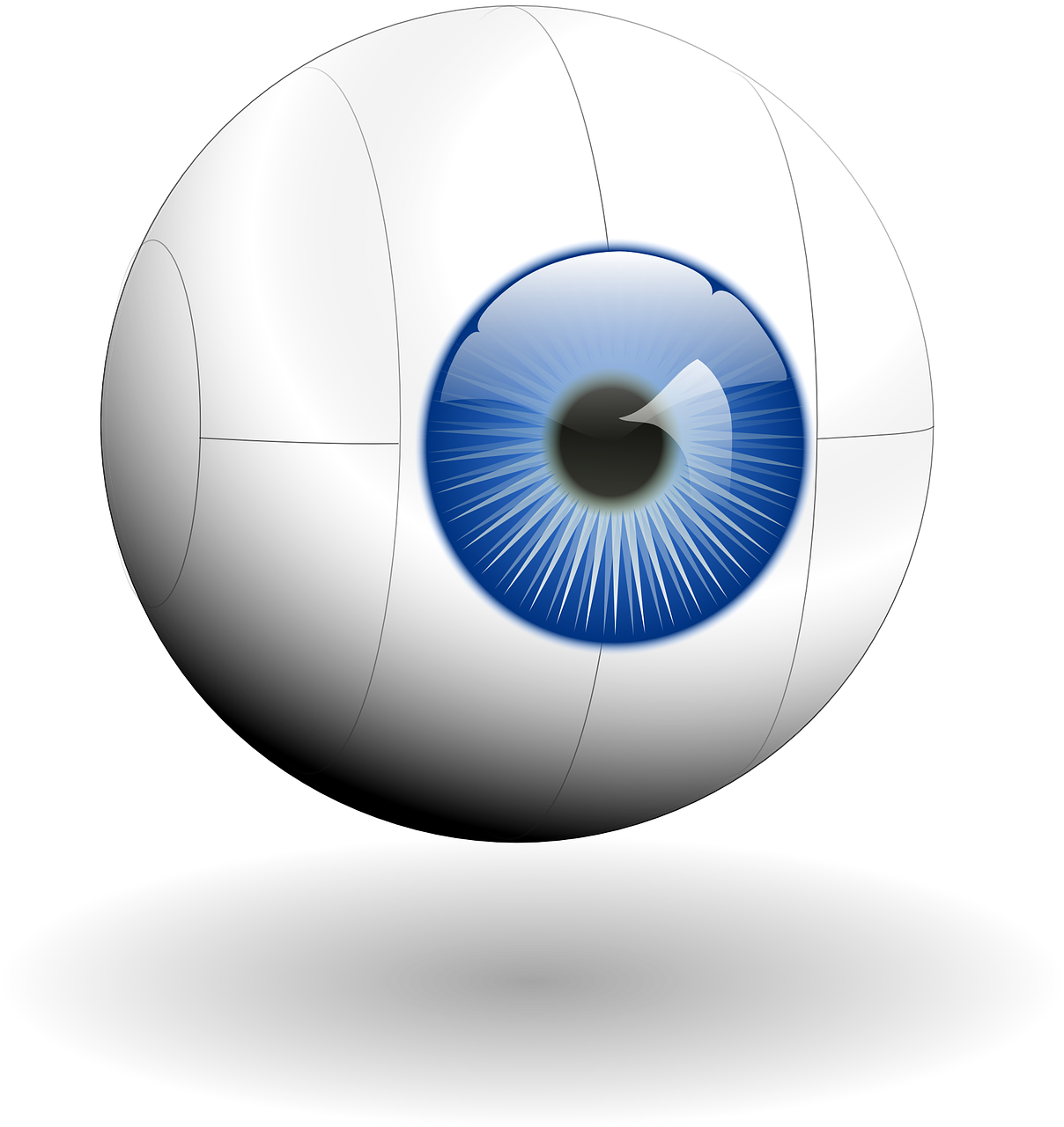
-Doctor: Well, yes, there are risks, but they are minimal and we can repeat the procedure as many times as we want, your insurance policy covers everything, and in terms of benefits there are many that you must understand.
To begin with, you should know that this will replace your biological eye in every way, which means that it works at least as well as a natural one, it also looks like a normal eye and only with close inspection could an expert realize that it is an artificial eye.
Since it is not a biological eye, it can do a lot more than your regular eyes, things you probably never thought possible, and which you can master with a little bit of training.
For example, the quality of the image will be much higher than with your natural eye, with better contrasts and better colors. We also offer additional features that allow you to see beyond the electromagnetic spectrum of our regular biological eyes, allowing you to see infrared or ultraviolet light, allowing you to appreciate a range of colors that you didn't know existed, and allowing you to see much better in all kinds of environments, even in total darkness.
We can also integrate these bionic eyes with Augmented Reality devices so that you can see useful information floating around in your world, of course, you can turn all these features off whenever you want.
-Patient (with a smile and looking excited): Ehh Doc, stop right there.
If you are serious, and I think you are, and since my insurance covers it, just tell me where I sign to have that procedure done today!
-Doctor: excellent, you will be amazed afterwards...
When the time comes, what would you prefer? To keep your biological eyes? Or to get new and more powerful bionic eyes?

"A day in the future": Using our body's kinetic energy to power a micro GPS
"A day in the future": Nanobots taking care of our health
"A Day in the Future": An artificial personal assistant… inside our head
References
science.howstuffworks – artificial vision
bionicvision.org.au
allaboutvision - bionic eyes
health.howstuffworks – bionic eye
Images sources
All images are from pixabay

If these titles sound interesting to you, I assure you the articles will be even better!

Thoughts about reality and our unique perception of it.
The importance of Psychological Flexibility.
Let's talk about Philophobia, the fear of falling in love.
Thoughts about Natural Selection.
Let’s talk about emotional intelligence
Today's lesson: the importance of developing our empathy
Why some people cannot control themselves when shopping?

